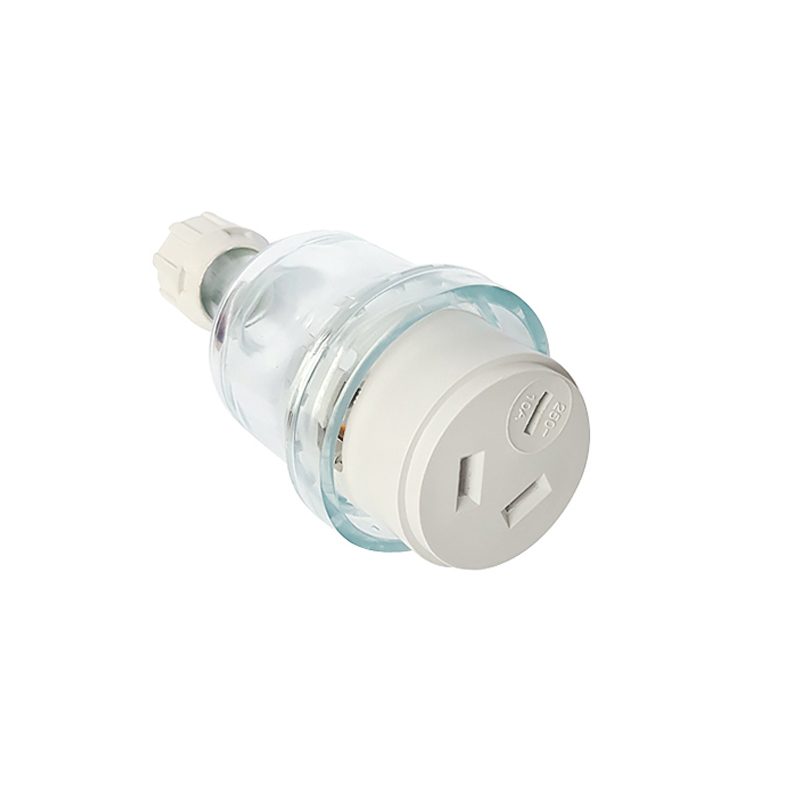Power plugs, also known as electrical plugs or outlet plugs, have undergone significant evolution and standardization over the years. From early innovations to the establishment of universal standards, the development of power plugs has played a crucial role in modernizing electrical systems and ensuring compatibility across different regions and devices.
In the early days of electricity, various types of power plugs emerged as inventors and engineers sought to connect electrical devices to power sources. These early plugs were often rudimentary and lacked standardized designs, leading to compatibility issues and safety concerns. As electrical systems became more widespread, the need for standardized power plugs became increasingly apparent.
One of the most significant milestones in the evolution of power plugs was the development of national and international standards. Organizations such as the International Electrotechnical Commission (IEC) and the Institute of Electrical and Electronics Engineers (IEEE) played key roles in establishing standards for power plugs, sockets, and electrical connectors. These standards defined parameters such as plug shape, size, voltage rating, and pin configuration, ensuring interoperability and safety across different countries and regions.
Today, the most widely recognized power plug standard is the IEC 60320 series, which defines standardized connectors for various electrical devices, including computers, appliances, and industrial equipment. The IEC 60320 standard specifies connector types such as C13, C14, C15, and C19, which are commonly used in domestic and commercial settings worldwide.
In addition to standardization efforts, advancements in technology have also influenced the design and functionality of power plugs. For example, the development of grounded plugs with three prongs (live, neutral, and ground) improved electrical safety by providing an additional layer of protection against electric shock and short circuits.
Looking ahead, the evolution of power plugs continues as new technologies and innovations emerge. The rise of renewable energy sources, smart grid systems, and electric vehicles is driving demand for specialized power plugs and connectors capable of supporting these technologies. Furthermore, efforts to improve energy efficiency and reduce carbon emissions are leading to the development of eco-friendly power plugs made from sustainable materials and designed for optimal energy performance.
In conclusion, the evolution of power plugs from early innovations to universal standardization has been instrumental in shaping modern electrical systems and facilitating global connectivity. By adhering to established standards and embracing technological advancements, power plugs will continue to play a vital role in powering our increasingly electrified world.
 Abroad:[email protected]
Domestic:[email protected]
Abroad:[email protected]
Domestic:[email protected]
 Abroad: +86-18157471290
Domestic: +86-18157471293
Abroad: +86-18157471290
Domestic: +86-18157471293
- Home
- Products
- Industrial connectors
- Waterproof housings
- Power distribution box sets
- ABS electrical accessories
- Cables
- Moulds
- Power Distribution Board/Box
- Extension Lead with Plug
- AS/NZS Waterproof Electrical Products
- C Series IEC/CEE Waterproof Electrical Products
- B Series IEC/CEE Waterproof Electrical Products
- Waterproof Window Cover
- Waterproof Plastic/Metal/Aluminum Box
- House Use Electrical Items
- About Us
- FAQ
- News
- Contact Us

